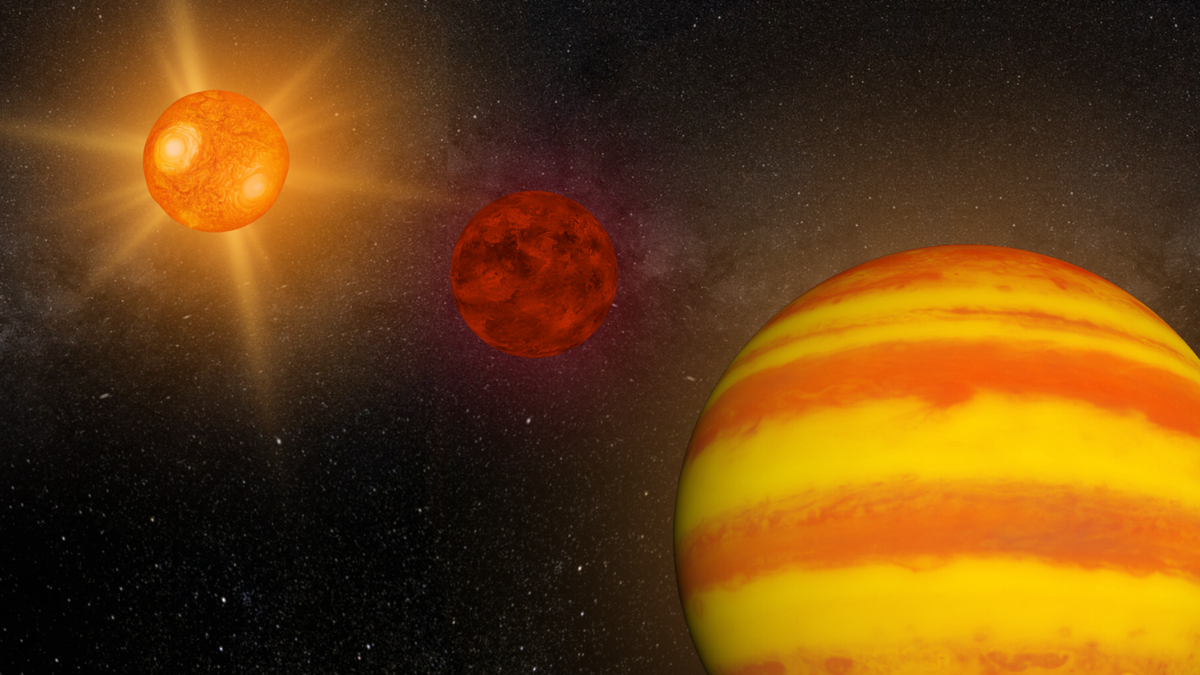Researchers at the University of Pennsylvania (UPenn) have developed a new heat-proof memory device that can operate at temperatures as high as 1,112 Fahrenheit (600 degrees Celsius), sufficient even to melt rock. This allows the device to be used in extremely challenging environments and could even help power artificial intelligence (AI) on Venus one day.
Have you ever wondered why your smartphone stops working on a very sunny afternoon but turns back on when you leave it in the shade for some time? The culprit here is the memory, or more precisely, the material it is made from.
As temperatures soar, the electrons in memory escape, leading to information loss and device failure. If there is too much heat, the device will never recover. This is why one does not find memory devices near a jet engine or one that can help run a spacecraft on Venus.
But that might change very soon.
New non-volatile memory device
A research team led by Deep Jariwala and Roy Olsson, both associate professors at the School of Engineering and Applied Science at UPenn, has developed a non-volatile memory (NVM) that does not fail when temperatures exceed 392 Fahrenheit (200 degrees Celsius).
NVM technology isn’t entirely new. It is used in storage devices like flash memory, where information can be stored without active power. The new NVM’s heat-resistant nature comes from a material called ferroelectric aluminum scandium nitride (AlScN).
“AlScN’s crystal structure also gives it notably more stable and strong bonds between atoms, meaning it’s not just heat-resistant but also pretty durable,” said Dhiren Pradhan, a postdoctoral researcher in the Jariwala and Olsson labs in a press release. “More notably, our memory device design and properties allow for fast switching between electrical states, which is crucial for writing and reading data at high speed.”
The device has a metal–insulator–metal structure with nickel and platinum electrodes and a 45 nm thin layer of AlScN, about 1,800 times thinner than an average human hair. The researchers took months to arrive at the thickness that would deliver the memory performance at high temperatures but also not degrade due to activity.
The researchers also demonstrated that the device undergoes a million read-write cycles and maintains a stable on-off ratio for over six hours, both capabilities they suggest are unprecedented for an NVM.
AI on Venus
The new device is also structurally compatible with high-temperature silicon-carbide devices designed for extreme-temperature operations. In addition to building a device that can work for extraterrestrial exploration, the researchers are confident that it can address gaps in existing computing architectures.
For instance, separating a processing unit and memory is inefficient since data has to travel between these components. This can lead to a bottleneck, as is the case with vast amounts of data being processed to develop AI models these days.
“The stability of our memory device could allow integration of memory and processing more closely together, enhancing speed, complexity, and efficiency of computing. We call this ‘memory-enhanced compute’ and are working with other teams to set the stage for AI in new environments,” added Jariwala in the press release.
So, developing AI models in extraterrestrial environments isn’t outside the scope of this device either.
The research findings were published in the journal Nature Electronics.
ABOUT THE EDITOR
Ameya Paleja Ameya is a science writer based in Hyderabad, India. A Molecular Biologist at heart, he traded the micropipette to write about science during the pandemic and does not want to go back. He likes to write about genetics, microbes, technology, and public policy.

Dr. Thomas Hughes is a UK-based scientist and science communicator who makes complex topics accessible to readers. His articles explore breakthroughs in various scientific disciplines, from space exploration to cutting-edge research.








